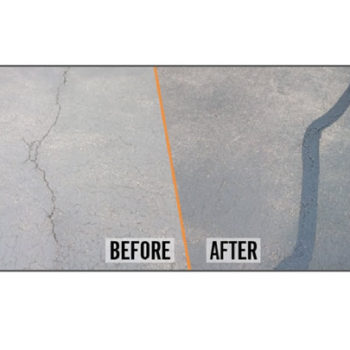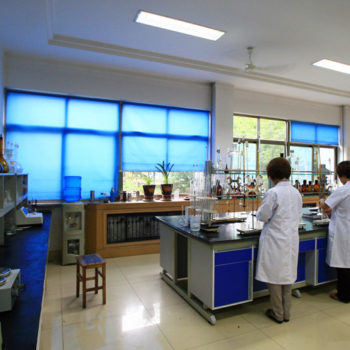The role and application of cellulose ether in environmental protection building materials (2)
3.Concrete mortar
In concrete mortar, the ultimate strength is truly achieved. Cement must be completely hydrated.
Especially in summer construction, the water loss of concrete mortar is too fast. Adopt complete hydration measures to maintain watering. This method can cause waste of water resources and inconvenient operation.
The point is that the water is only on the surface, and the internal hydration is still incomplete. Therefore, to solve this problem, hydroxypropyl methyl cellulose or methyl cellulose is generally add to the mortar concrete.
The viscosity specification is between 20000-60000cps, and the added amount is about 2 ‰-3 ‰, and the water retention rate can be increased to more than 85%. The method of using in mortar concrete is to mix the dry powder evenly and then add water.
4.Stucco plaster, bonded plaster, caulking plaster
I.
With the rapid development of the construction industry, the demand for new building materials has also increased.
Due to the increase of people’s awareness of environmental protection and the continuous improvement of construction efficiency, the cementitious material gypsum products have developed rapidly. At present, the most common gypsum products are whitewash gypsum, bond gypsum, embed gypsum, and tile adhesive.
Stucco is a good quality plastering material for interior walls and ceilings. The wall surface wiped with it is fine and smooth, does not drop powder, is firmly bond to the base, has no cracking and falling off, and has a fireproof function.
Bonded gypsum is a new type of building light board adhesive, which is based on gypsum. A viscous material made by adding a variety of additives, which is suitable for bonding between various types of inorganic building wall materials.
It is a supporting material for construction board and block construction. Gypsum joint filler is the filling material for the gaps between gypsum boards and the repairing filler for walls and cracks.
These plaster products have a range of different functions. In addition to the role of gypsum and related fillers, the key issue is that the added cellulose ether auxiliary plays a leading role.
Because gypsum is divid into anhydrous gypsum and hemihydrate gypsum, different gypsum has different effects on the performance of the product. Therefore, thickening, water retention and retardation determine the quality of gypsum building materials.
Ⅱ.
A common problem with these materials is cracking in the hollow drum, and the initial strength cannot be achieved. This problem is solve. It is a matter of selecting the type of cellulose and the method of composite use of retarder.
In this respect, methyl or hydroxypropylmethyl is generally selecte from 30,000 to 60000 cps, and the addition amount is between 1.5 ‰ to -2 ‰. The focus of cellulose is water retention and retarding lubrication.
However, it is not possible to use cellulose ether as a retarder in this case. You must also add a citric acid retarder after mixing and it will not affect the initial strength.
The water retention rate generally refers to how much water is naturally lost without external water absorption.
If the wall is very dry, the base surface absorbs water and natural evaporation causes the material to lose water too quickly, and emptying and cracking will also occur.
This method of use is mix with dry powder. If the solution is prepare, refer to the solution preparation method.
5.Insulation mortar
Insulation mortar is a new type of interior wall insulation material in cold areas. It is a wall material synthesize from thermal insulation material, mortar and adhesive.
Cellulose in this material focuses on bonding and increasing strength. Generally, methyl cellulose is highly viscous (about 10000eps). The dosage is generally between 2 ‰ and 3 ‰), and the method of use is dry powder mixing method.
If you have any questions, you can send them to my email : tanyatao@qinahaochem.com
whatsapp: 17718245679



